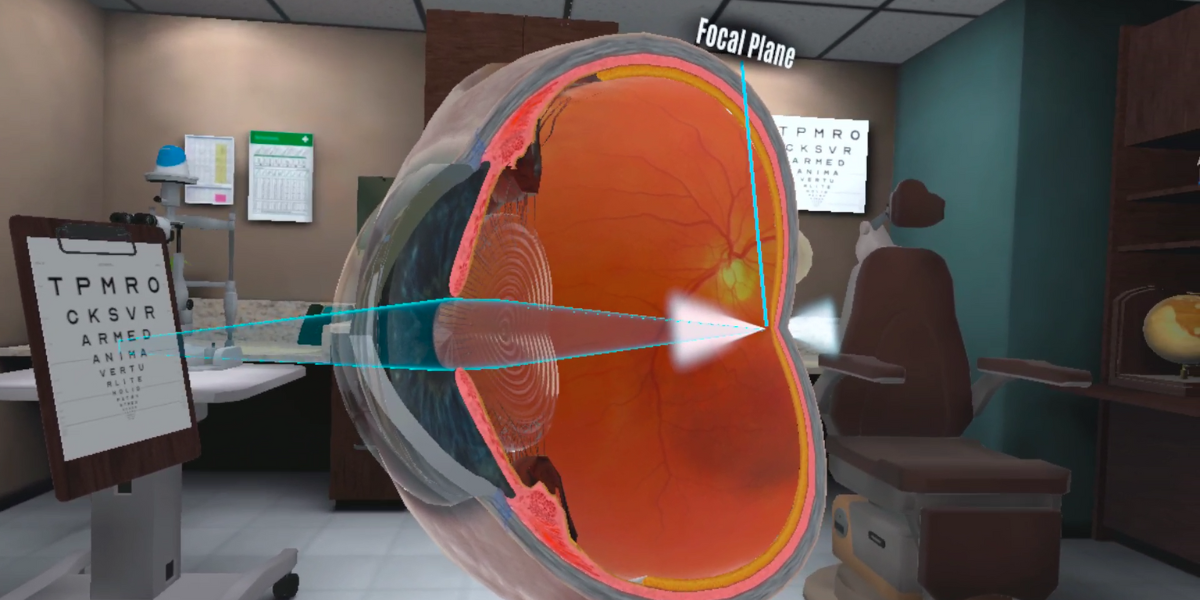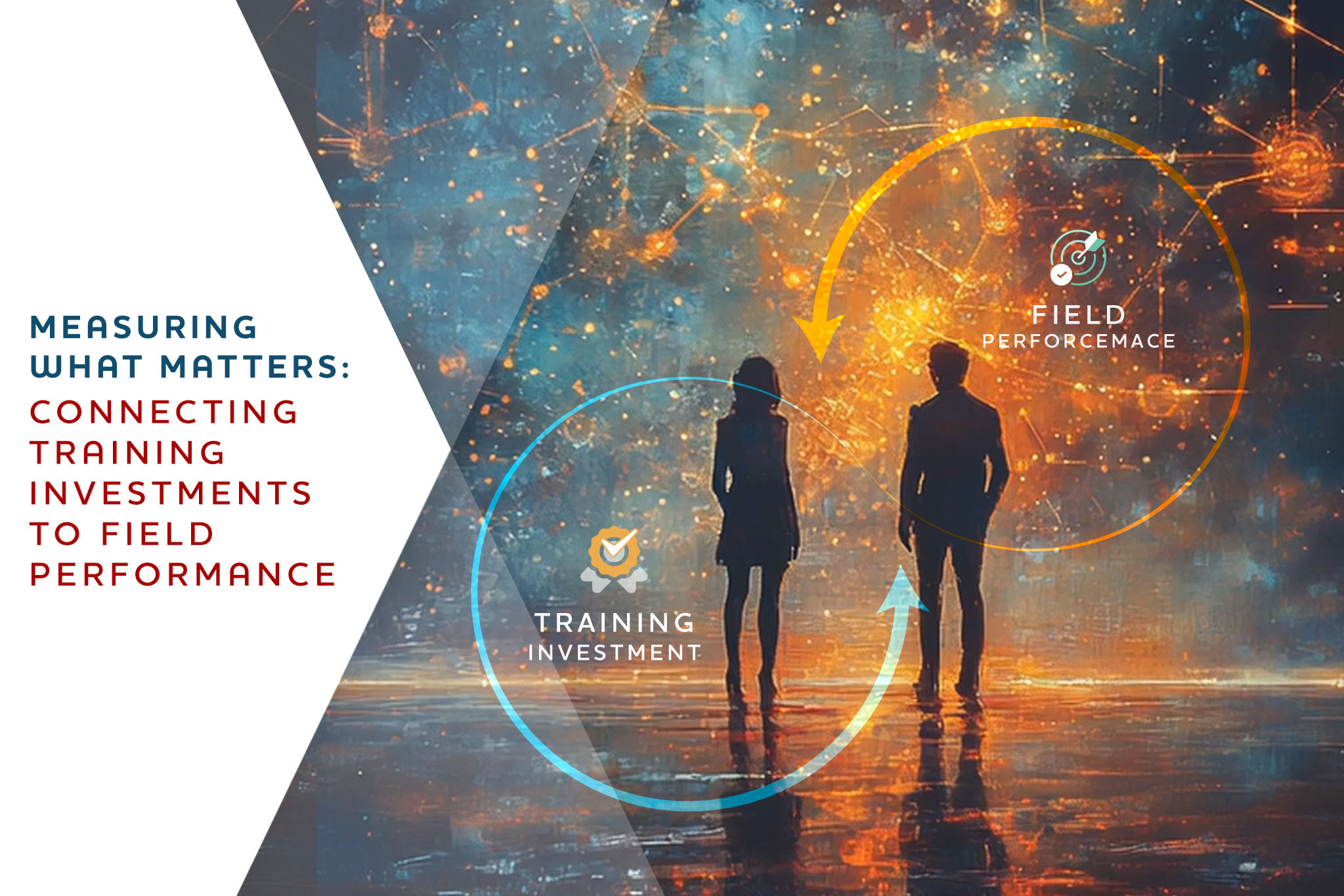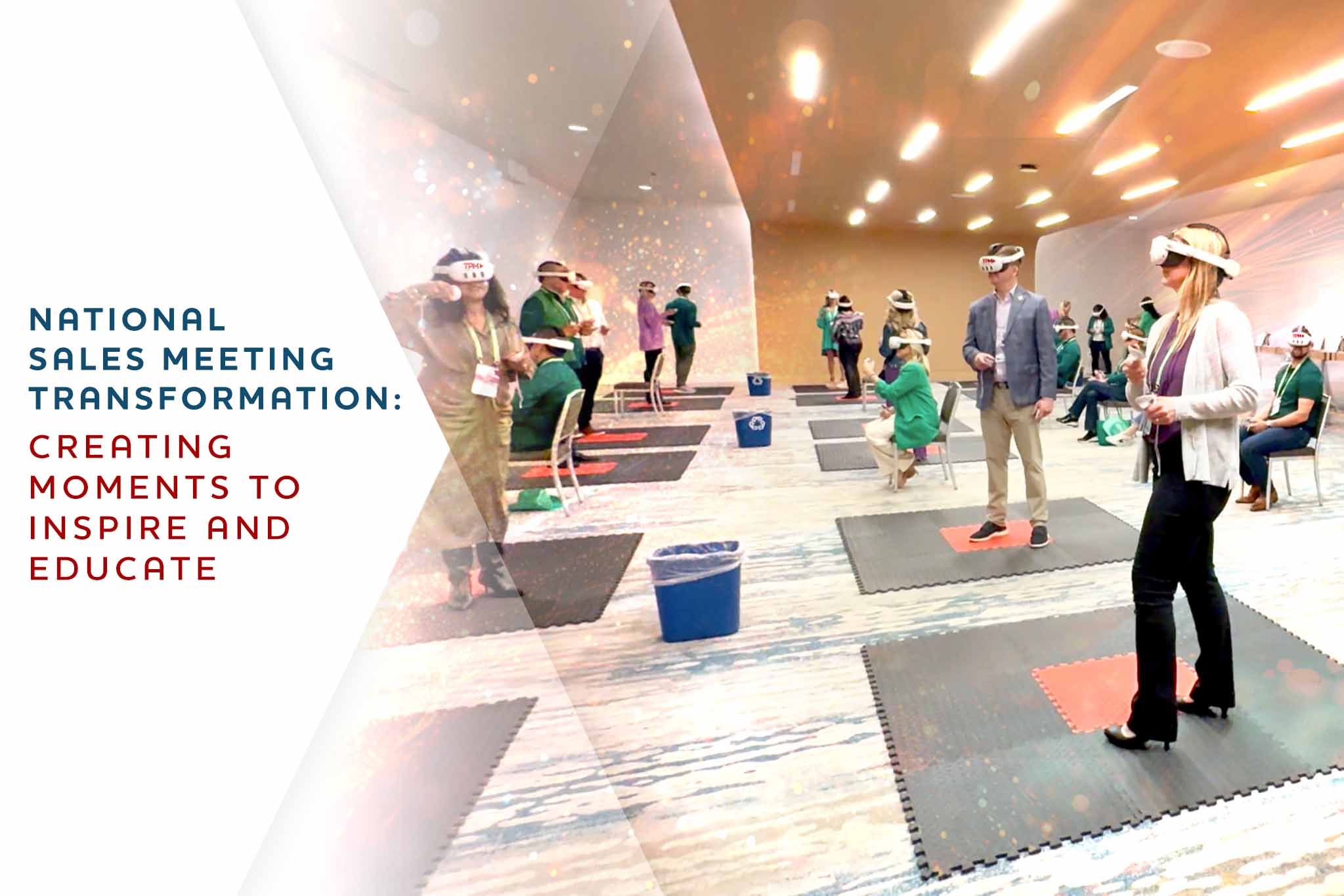With some illnesses and diseases, it’s tough to grasp what it is like to go through that. One of these conditions that isn’t easy to grasp is presbyopia. The word roughly translates in Greek to “old eye” and is the natural degeneration of the eye as the body ages. As the eye ages, the lens of the eye becomes less flexible, which reduces its ability to bend, refract light, and help bring images into focus.
Presbyopia starts becoming noticeable around age 40 and continues to worsen until age 65. As presbyopia progresses, it drastically impacts a patient’s quality of life, making it more difficult for them to use digital devices, participate in sporting events, and even drive safely.
The challenge of discussing presbyopia in this project is two-fold. First, the client needed to educate audiences about presbyopia beyond “getting older.” The goal was for audiences to understand the specific science behind how eyes work, how presbyopia works, and how that translates to poor vision. Second, the team needed to highlight the patient experience.
Many optometrists and their staff under the age of 40 understand the concept of presbyopia and know the science of why it happens, but they have no first-hand experience as to what presbyopia feels like and how it affects older patients.
Goals of Creating a Virtual Reality Application to Showcase the Signs and Symptoms
This project needed to address both sides of the issue and bring them together into one holistic educational experience. By combining medical information with first-hand patient experience, the Presbyopia project tells a story that teaches its audience and inspires them to help.
The client’s eye care experts and medical review team ensured medical accuracy at every development step. Throughout the experience, visual acuity is calculated using real-world metrics for diagnosing and recognizing vision problems (specifically the ETDRS vision chart). These calculations are then recreated for the user through virtual reality’s unique first-person perspective as their near and intermediate vision is blurred.
The entire experience is carefully designed to replicate presbyopia accurately at different stages, and various types of corrective lenses are used to “treat” the problem in real-world situations. These scenarios were crafted based on actual patient testimonials and designed specifically to pair real-life stories and experiences with VR’s immersive capabilities to show the daily struggle of patients everywhere.
In addition, the first half of the experience takes the time to introduce users to presbyopia. Audiences can see the inside of the eye (which was recreated in 3D by Tipping Point Media’s medically certified animators and reviewed by the client’s team of experts for accuracy) and get a first-hand optometry lesson on how the eye works. They can see the lens bend and refract light to focus images and how that ability is lost as the lens ages.
How The Application Works
An interactive acuity chart shows how lens refraction can impact a patient’s ability to see at close, intermediate, and far ranges and in various light levels. By getting to “play” with the distance and light levels and watching how the eye responds, users learn by doing and build a deeper connection to the medical information than if they were simply reading from a textbook.
One of the benefits of VR that the project takes advantage of is its first-person perspective. Audiences are able to experience the effects of symptoms worsening over time while at the same time viewing what anatomical changes are taking place to cause those symptoms; pairing the two creates a unique experience that allows audiences to connect the condition better, what it does, and how that affects patients.
Virtual reality is a powerful tool for connecting with HCPs; it uses immersive, multisensory experiences that can recreate symptoms and scenarios that would be impossible to see first-hand otherwise. In the Presbyopia VR project, audiences literally see the world through a patient’s eyes. The personal experiences in the project are based on real-life patient testimonials, which served as the core of the experience as the team strived not only to show the symptoms and science of presbyopia but to illustrate the patient’s struggle.
Using Real-World Scenarios to Create Real-World Results
By building real-world scenarios, the project directs audiences’ attention to the unmet need of patients and how presbyopia affects their ability to live their lives normally. In one task, users are asked to read a whiteboard from across a busy office and compare it to a clipboard in their hand.
Neither can be seen normally (due to the patient’s presbyopia), so the user must use corrective eyewear to complete the task. However, the task is complicated, as users must constantly switch between reading glasses (to see the clipboard in their hands at close range) and far-distance glasses (to see the whiteboard across the room) to be able to see the written information. Glasses management is a daily struggle of presbyopia patients, from losing independence to losing productivity.
In another task, users are taken to a mini-golf course. In this challenge, the VR experience highlights monovision, where one eye’s vision is corrected for far distances while the other is corrected for near distances. While it solves the near/far distance issue (as seen in the previous example), patients who use this method of vision correction often suffer from issues with depth perception and trouble seeing in low lighting.
Monovision is unique to surgery and contact lenses, which is something most audiences have no experience with. However, with stereoscopic lenses, this dual-vision effect can be successfully recreated in virtual reality. The VR experience projects two different versions of the environment to the user; one eye at a far distance and one at a near distance, just as if they were wearing monovision contact lenses.
The mini-golf activity then tests audiences on what monovision patients struggle with most – depth perception and contrast in low lighting. The increased difficulty users experience due to the monovision corrections tells the story of patient struggles and how even fun, family leisure activities can become challenging.
Leveraging Past Data to Inform on the Current Project
The client’s data from past VR projects show that the gamified aspects of these experiences are the most popular part, with HCPs spending an average of 10 minutes in gamified sections. Creating fun interactions that challenge the user makes the experience more memorable for audiences and creates conversations, whether talking with AbbVie representatives to learn more about what they’ve just gone through or talking with their colleagues and creating a buzz that drives more people to participate.
The client’s Medical Affairs department includes about 15 Medical Science Liaisons whose primary responsibility is to answer the scientific questions that ophthalmologists and optometrists have about certain disease states and treatments. Each MSL has a doctoral degree and is educated with the latest and most advanced scientific knowledge on various eye care topics. MSLs have been using VR activities to supplement scientific discussions with physicians and clinical staff in their offices, as well as at medical conferences across the US.
Results From Using VR to Show Presbyopia’s Impact
Since incorporating VR activities into their conference offerings, the quantity and duration of interactions between physicians and MSLs have dramatically increased. Some physicians come to the medical booth who specialize in disease states other than presbyopia, and they will inquire about the VR activity and then spend 5-10 minutes experiencing the impact of presbyopia from the patient’s perspective.
Since MSL interactions with physicians are usually less than 10 minutes, this is significant additional time for MSLs to engage with physicians and discuss presbyopia. This additional engagement has been valuable in obtaining physician feedback on research projects and obtaining insights into how physicians treat presbyopia and how the client can help provide solutions to the unmet needs of the eye care community of physicians and patients.
One of the many benefits of virtual reality is its reach. The client has had past success with VR projects, both in creating external booth experiences for conferences and using VR for medical science liaison training and product launches internally. VR is easily rolled out to headset devices when it isn’t possible to host the event in person. The client has also successfully ported VR projects to iPads and web browsers to facilitate access to more users. The Presbyopia VR experience can easily follow this trajectory in the future to increase accessibility and reach more audiences.
Contact Tipping Point Media Today for Your Next Virtual Reality Patient Journey
When it is time to create something to help you connect with your audience in a meaningful way, contact Tipping Point Media. We can help you create something that is not only an excellent and cost-effective tool but also one that can have a lasting real-world impact on your audience.



